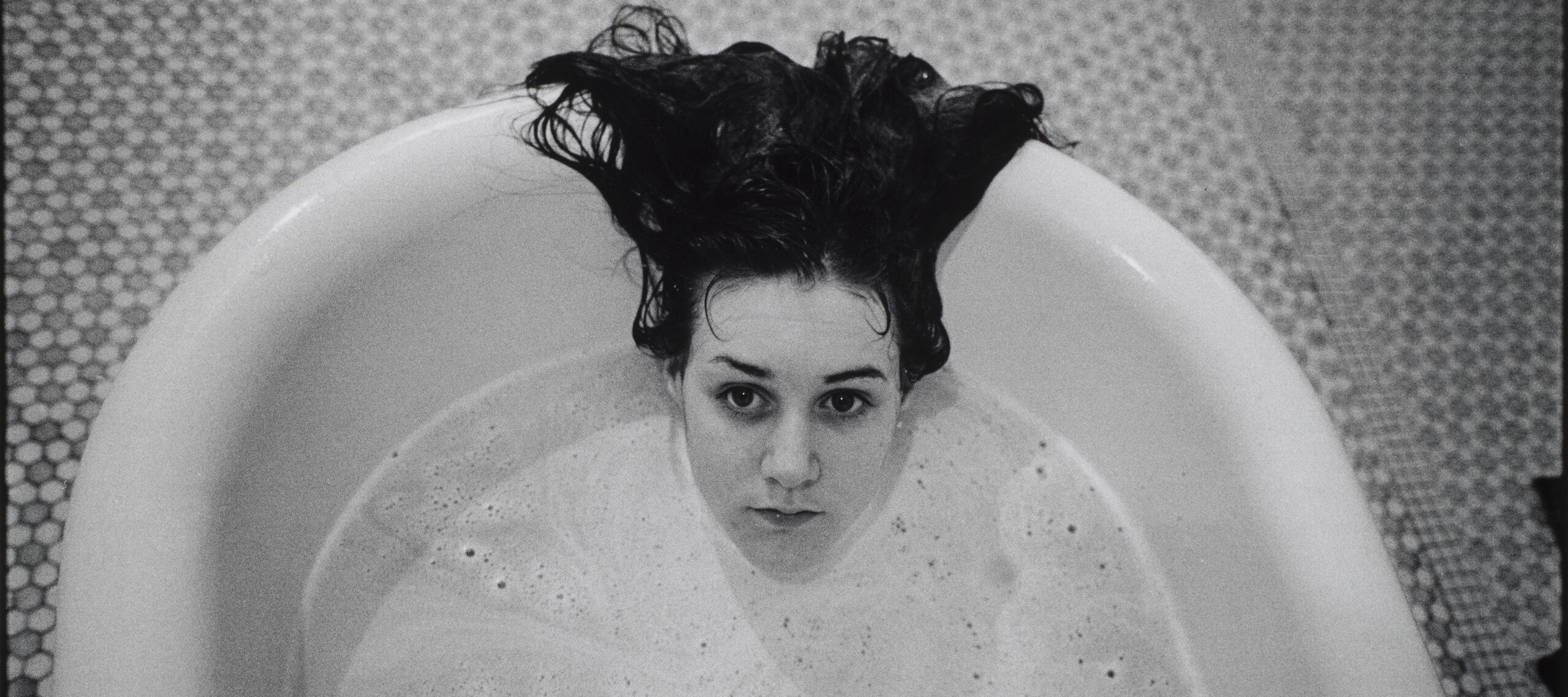Mary Ellen Mark, born on this day in 1940, was one of the most prolific documentary and portrait photographers of her generation. Impress your friends with five fast facts about the artist, whose works are part of NMWA’s collection.
1. Committed and Compassionate
Known for her empathy and unwavering eye, Mark gravitated to subjects on the fringes of society: famine victims, young sex workers, circus performers, runaway children, psychiatric patients, and families in poverty, among others. In many instances, she would spend weeks or months with these subjects. “I photograph people who are the victims of society because I care about them. And I want the people who see my pictures to also care,” Mark said.
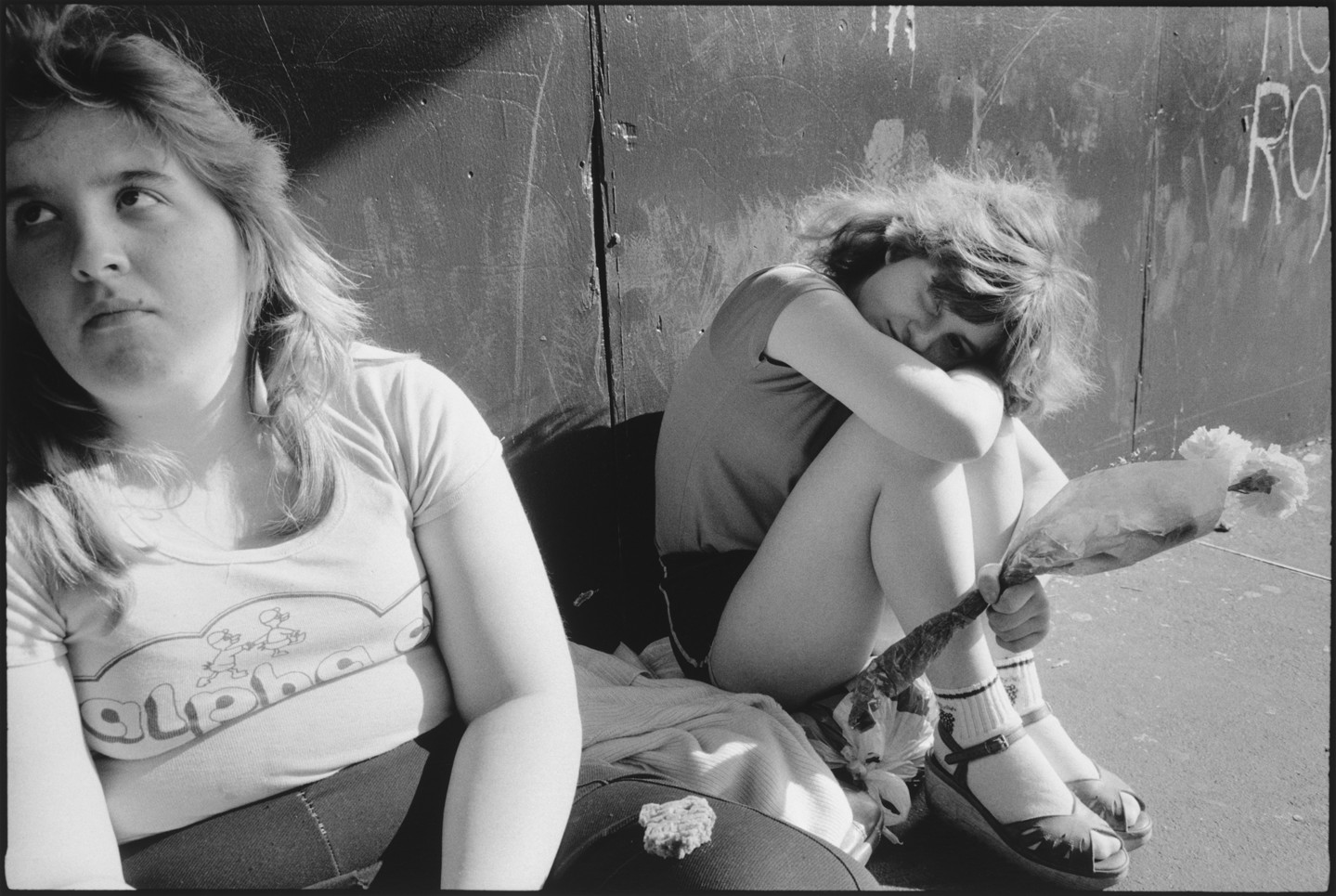
2. One Shot
Though Mark would shoot as many as 200 rolls of film on a story, she also worked with a 20-x-24 Polaroid camera to create her portraits of celebrities, twins, and prom-goers. At six feet high and 204 pounds, the device produces just one unique image with no negative. Despite its constraints, Mark learned to love this camera because, as she described, “the photograph, more than any other medium, becomes an object.”
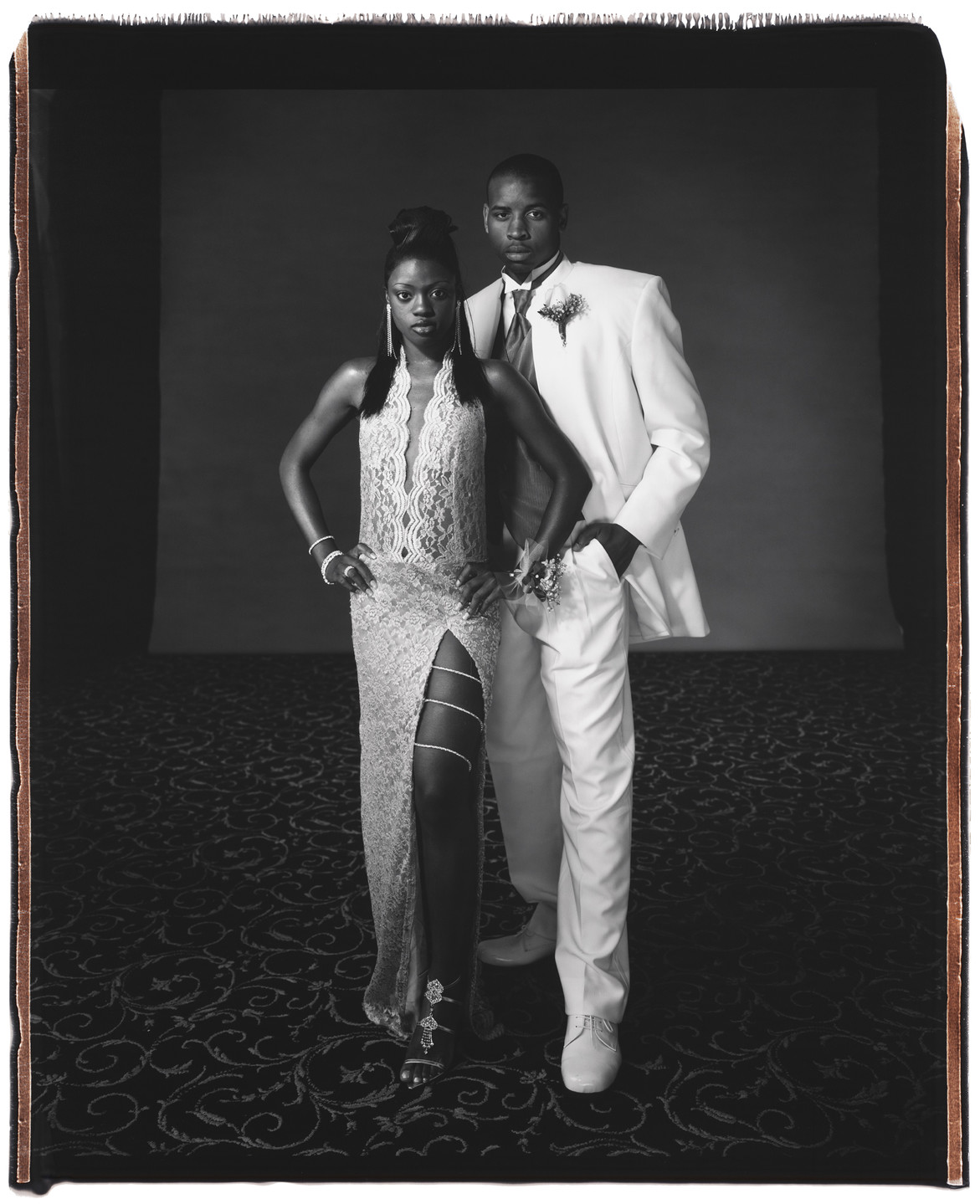
3. Lights, Camera, Action
Mark was an established film set photographer. She worked on more than 100 movies, including One Flew Over the Cuckoo’s Nest (1975), Apocalypse Now (1979), Showgirls (1995), and Australia (2008). Mark did not photograph during the actual filming, focusing instead on the in-between moments, capturing “realistic pictures in the midst of [the film’s] fantasy.” Mark also made portraits of each film’s stars by appointment off set.
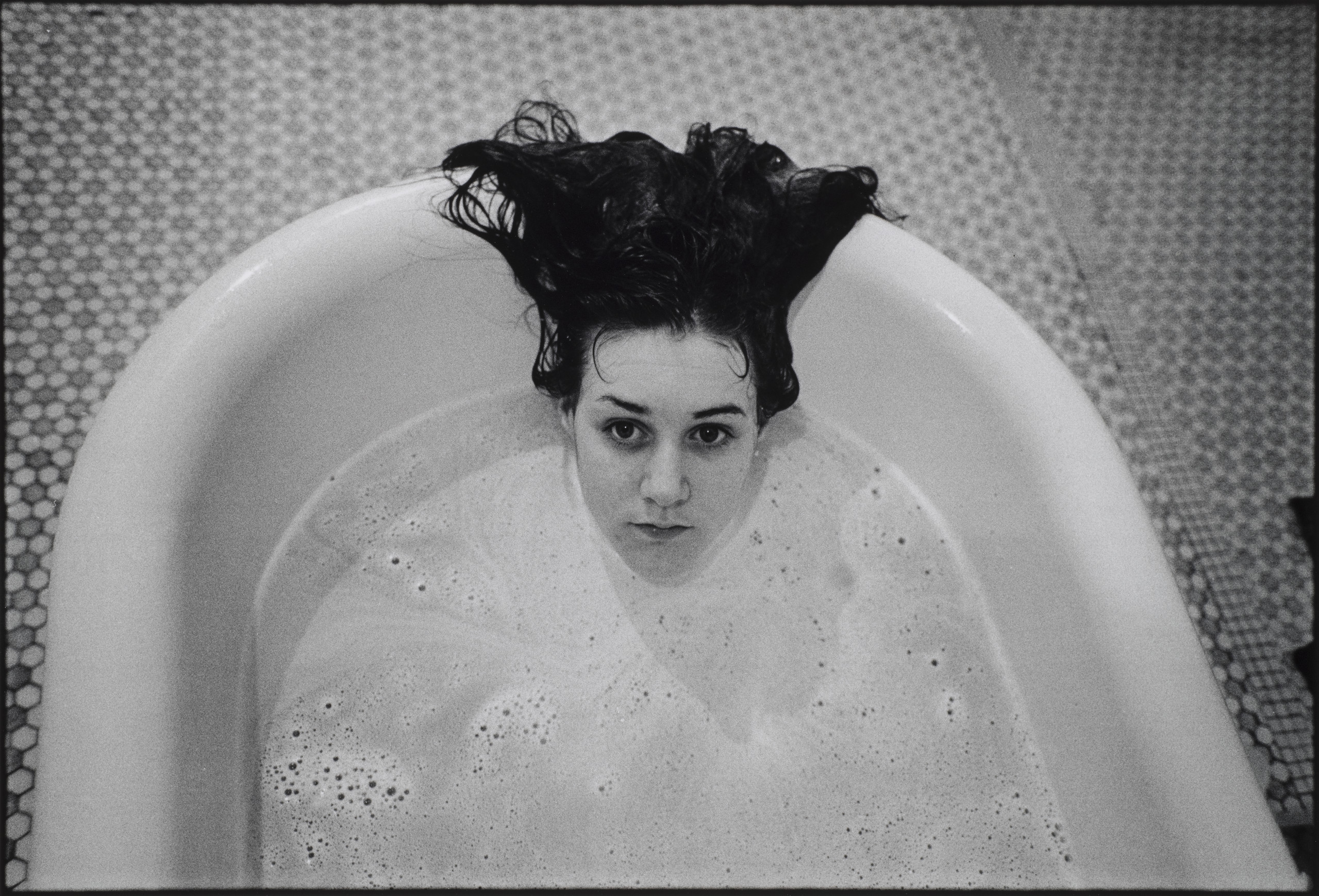
4. A Moving Image
Mark frequently collaborated with her husband, filmmaker Martin Bell. For 15 of Mark’s photographic series, Bell made accompanying documentary films, including Streetwise (1984), which was nominated for an Academy Award; Circus of Dreams (1993); Twins (2002); Prom (2009); and Tiny: The Life of Erin Blackwell (2019). In 2023, Bell released Moonlight Heaven Black, a short film based on recordings Mark made during her stay at the Oregon State Hospital in 1976 for her series Ward 81.
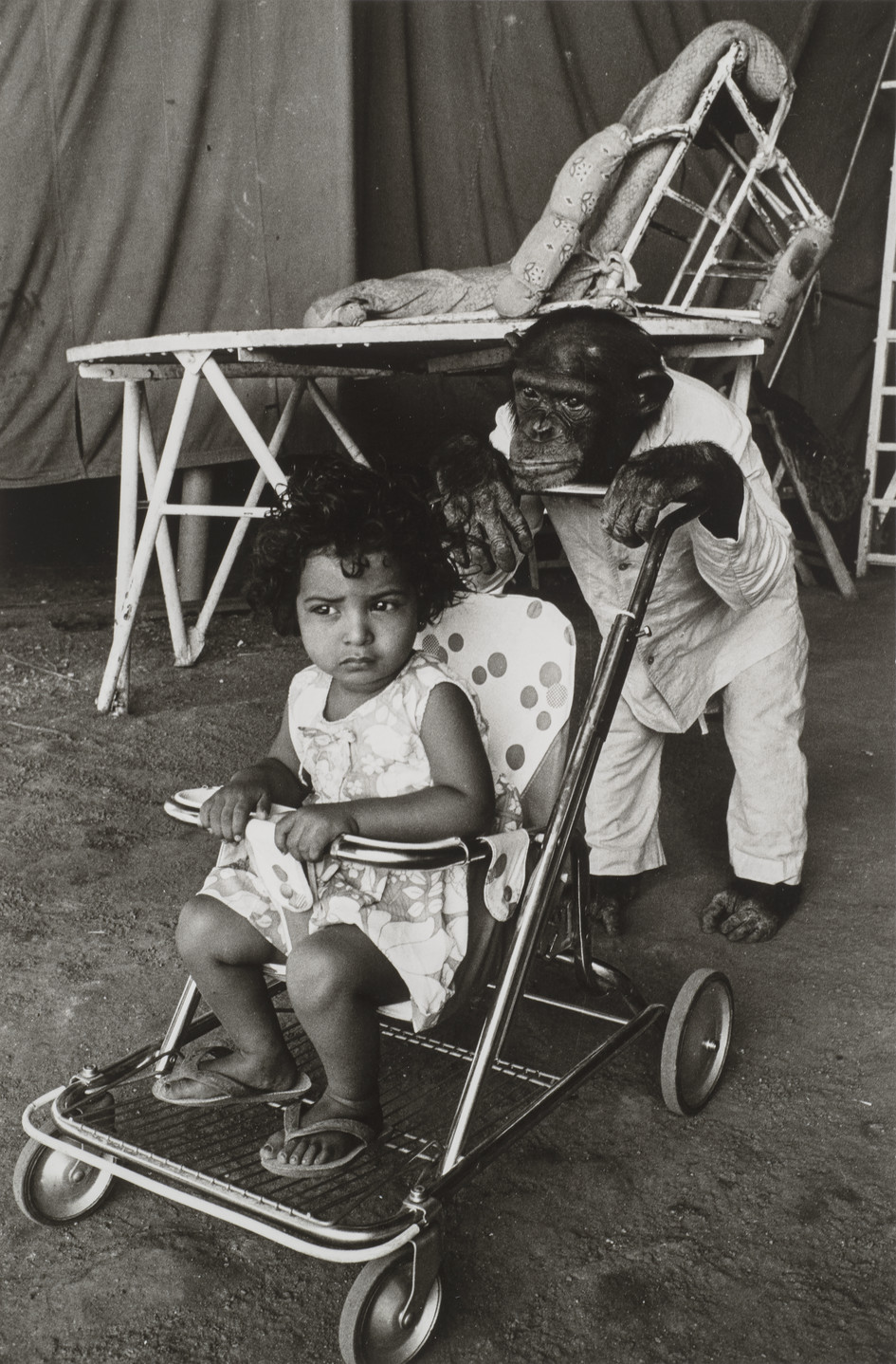
5. MEM’s Best Friend
Chimpanzees, elephants, dogs, donkeys, parrots, pigs, and many other animals appear in Mark’s photographs. The artist even released a book, Man and Beast: Photographs from India and Mexico (2014), that spotlights the “relationship between man and animals, the anthropomorphic quality of animals, and the animalistic quality of man.” Mark was partial to dogs, however, and even hosted a yearly holiday party for them, during which she would take their portraits.
NMWA houses a core collection of Mark’s photographs, spanning nearly the entire length of her career, thanks to generous donations from members of the Photography Buyers Syndicate. In 2021, the museum presented Mary Ellen Mark: Girlhood. Check out the online exhibition.

